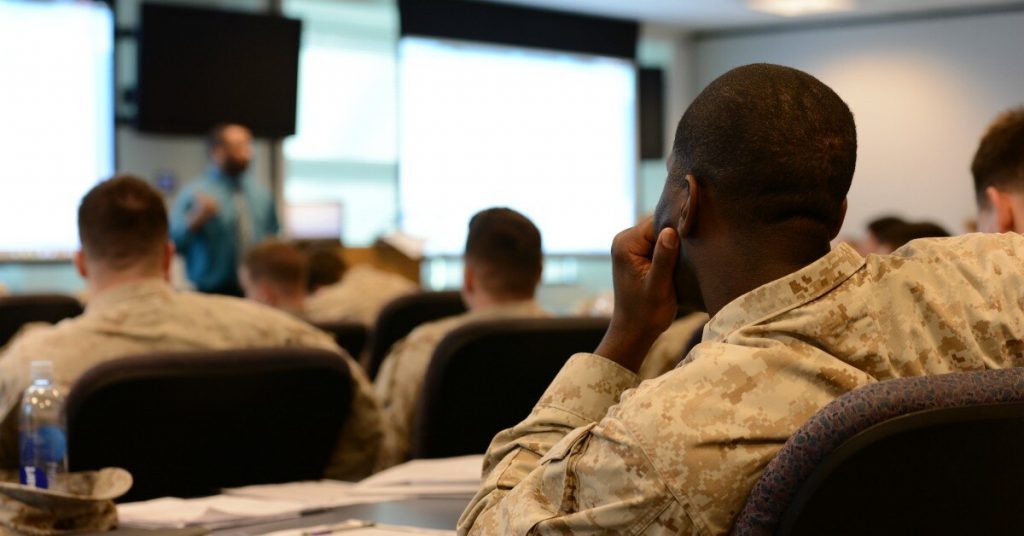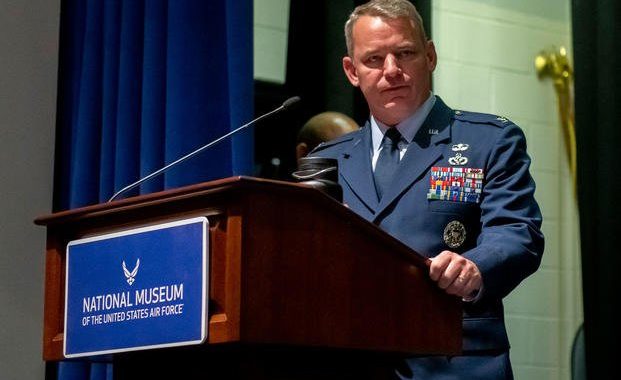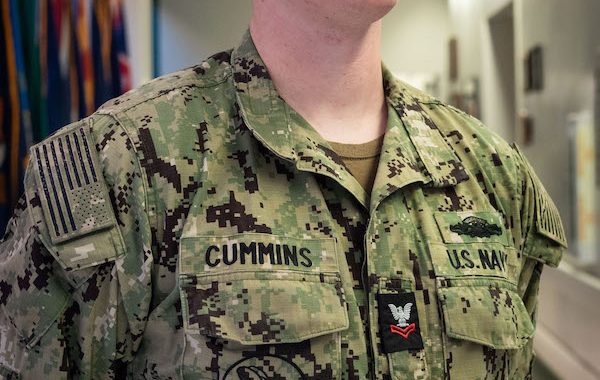TAP is Getting a Makeover This Year. Here’s What You Need to Know.
4 min read
Natalie Gross
Service members transitioning out of the military this year could be much more prepared for civilian life than their predecessors, thanks to some major changes coming to the Defense Department’s Transition Assistance Program.
The program, known as TAP, will be more tailored to service members’ interests and goals through the use of individual assessments. Though the entire program will be shorter, troops will be required to start no later than one year before getting out.
The changes were included in the 2019 National Defense Authorization Act and are scheduled to go into effect for all service branches on Oct. 1.
“The new law allows us to tailor the amount of assistance based on the need of a soldier, which is huge, as opposed to the current process which basically requires everybody to get the same amount of assistance,” said Ret. Army Col. Walter Herd, director of the Army transition division at the Human Resources Command Center of Excellence. “It’s a win win, I think, across the board.”
Starting in October, every soldier, airman, sailor or Marine preparing to leave the service will meet with a counselor to discuss their plans after separation or retirement. From there, they will be classified into one of three tiers — essentially really prepared, kind of prepared and not prepared at all.
“For tier one sailors, they don’t need as much as far as services. They’re pretty much engaged in their transition,” said Anthony Stevens, the military readiness section lead at Commander Naval Installations Command. “Many of them already have a job lined up, or they’re retiring.”
Service members in tier two are ready to transition, but not yet fully prepared. In other words, they may be saving their money and looking into careers, but may even still be on the fence about staying in the service, he said.
Once service members are funneled into one of the three tiers, the counselor recommends a specific track — either higher education, employment, entrepreneurship or vocational skills training — based on the person’s goals for life after the military.
Currently, these are tacked onto the end of the five-day TAP course known as Transition GPS. According to a recent Government Accountability Office report, only 15 percent of service members participate in these additional, two-day workshops, that will now be included in the main curriculum.
In the Army, Navy and Marine Corps, the tracks will required for service members in the lowest tier, though troops in any tier can choose to participate. In the Air Force, even those who are the least prepared will be allowed to opt out, according to spokespeople from the various services.
Day one of the new program, which Air Force spokesman Maj. Nicholas Mercurio described as “more holistic and comprehensive,” will be a general overview of how to plan for your transition. The second day will provide information about veterans benefits through the Department of Veterans Affairs, and day three will be a workshop run by the Department of Labor.
From there, service members will enter into one of the four two-day tracks of their choice, as determined by their personal assessment and meeting with a counselor. They also have the option to attend more, or as many times, as desired.
Joline Miller, transition readiness program manager for Marine Corps headquarters, said the beauty of the revised TAP program is that it’s no longer a “one-size-fits-all” approach in which “all Marines will be required to complete a specific track during the transition workshop if it’s not tied to their goals.”
Current DoD policy allows retiring service members to start TAP two years before they retire and separating service members to start the program one year, but no later than 90 days, before getting out of the military. Required starts dates vary by service.
The DoD has previously told Military Times it doesn’t track averages of when service members go through the program, but the GAO report found more than half of service members, 53.3 percent, are not completing TAP by the 90-day mark, and only 2.6 percent are completing the program nine months or more before getting out.
Under the new law, everybody will be required to complete initial counseling and pre-separation counseling no later than 365 days before getting out of the military.
“It’s real simple,” he said. “If you begin early, your chance of success is high. If you begin late, your chance of failure is high. So everybody needs to begin early.”
The Army is gearing up for a symposium in August, where all TAP coordinators will meet to go over the specifics of the changes and discuss challenges and best practices.
Each of the services appear to be on target to meet the Oct. 1 deadline.





